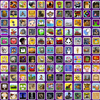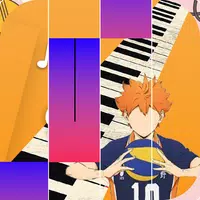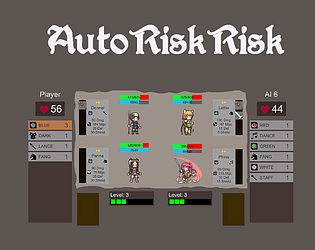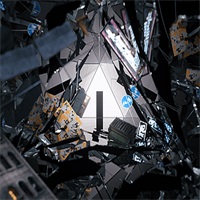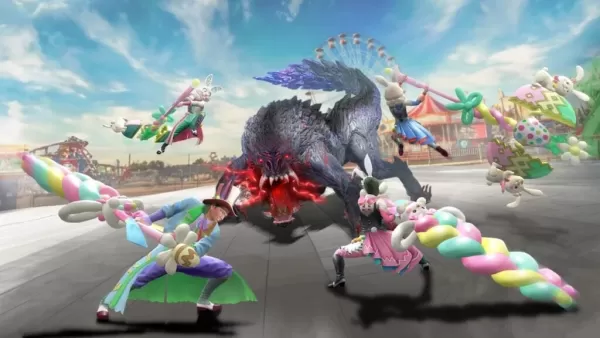What Are Meta-Horror Games and Why Are They So Unique?
The horror game genre is constantly evolving, pushing boundaries in how it creates tension and fear. Familiar mechanics become predictable, making innovative design crucial. While truly groundbreaking horror games are rare, a fascinating subgenre, which we'll call "meta-horror," stands out. Meta-horror games break the fourth wall, directly interacting with the player, not just the game's world and characters. This interaction elevates the gaming experience to a new level.
The concept of breaking the fourth wall isn't new; Psycho Mantis in Metal Gear Solid, released in 1998, famously asked players to put down their controllers. This, along with manipulating the DualShock controller to reveal player data, was revolutionary for its time. While many games since have utilized this technique (Deadpool, Detroit: Become Human, Nier Automata), few have truly mastered it. Often, fourth-wall breaks are simply a bonus feature rather than a core gameplay element.
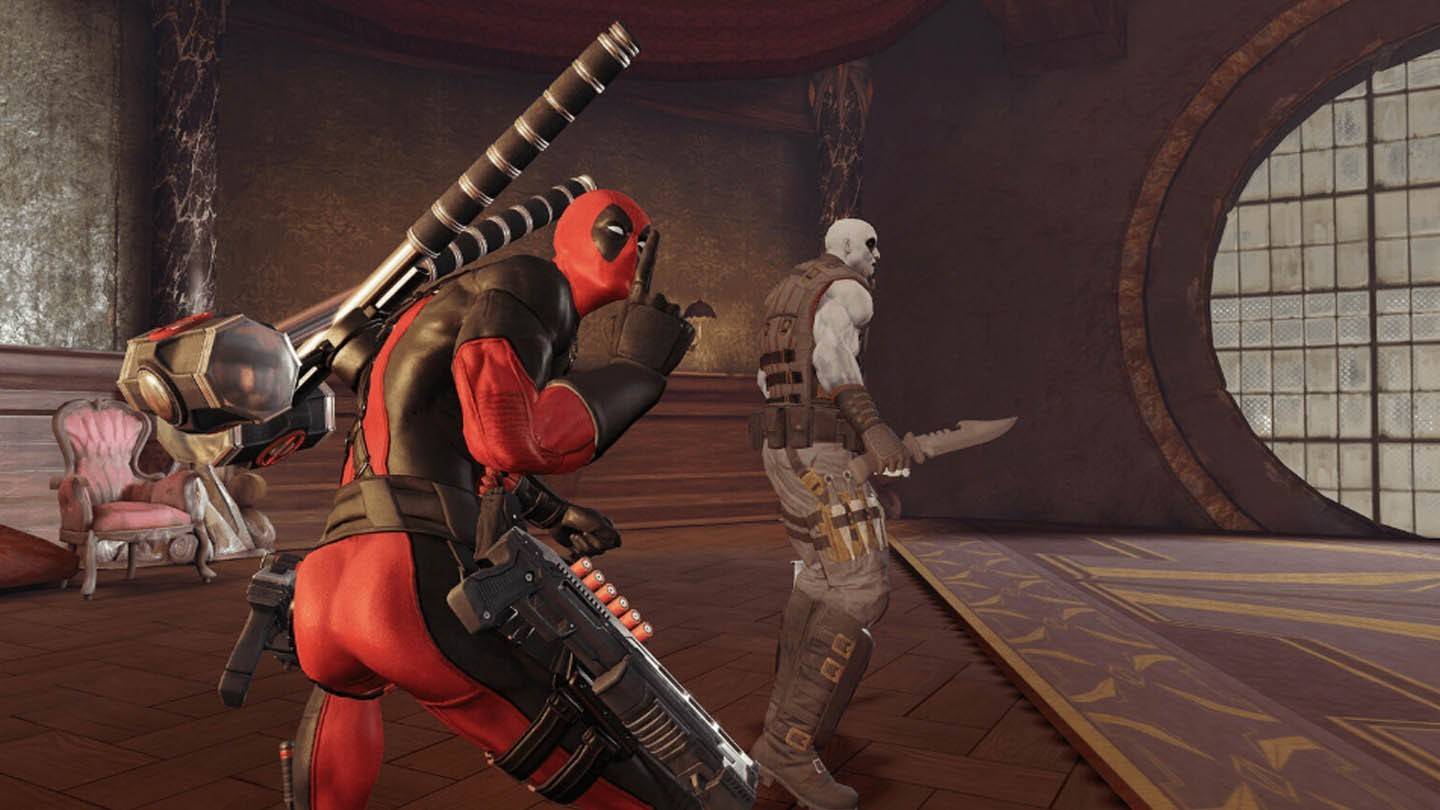
A recent example, Miside, is marketed with "elements of meta-horror," but its meta-horror aspects are primarily limited to player interaction within a complex "game within a game" structure. This warrants further exploration in a future discussion.
Let's delve into some notable examples of meta-horror:
Table of Contents
- Doki Doki Literature Club!
- OneShot
- IMSCARED
- Conclusion
Doki Doki Literature Club!
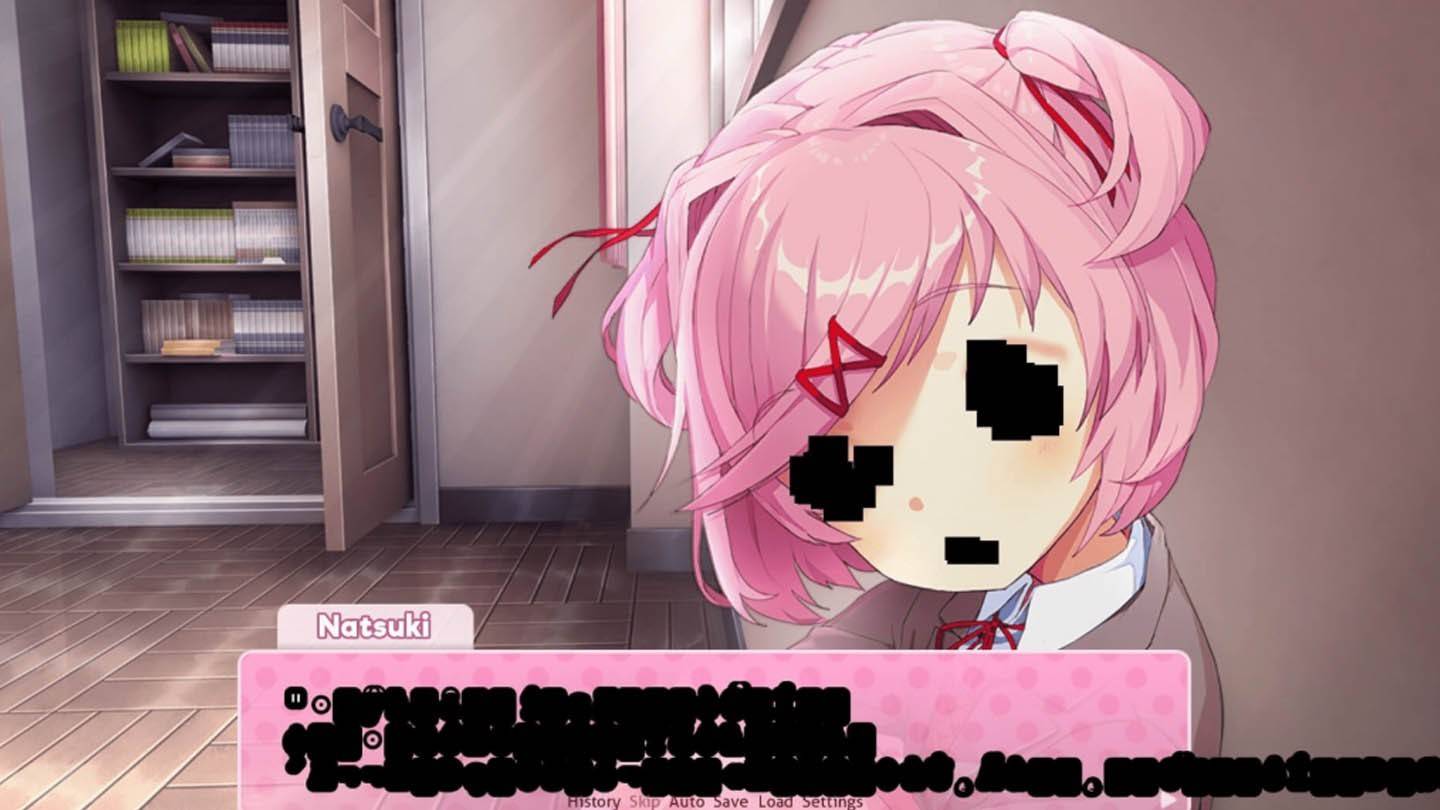
This 2017 visual novel initially presents as a charming romantic comedy, but it takes a dark and unexpected turn. It's a prime example of meta-horror! The game's interaction extends beyond simple address; it accesses your operating system username and creates files, seamlessly integrating these elements into both the narrative and gameplay. While not the originator of this style, DDLC popularized it, leaving fans eagerly anticipating future projects.
OneShot
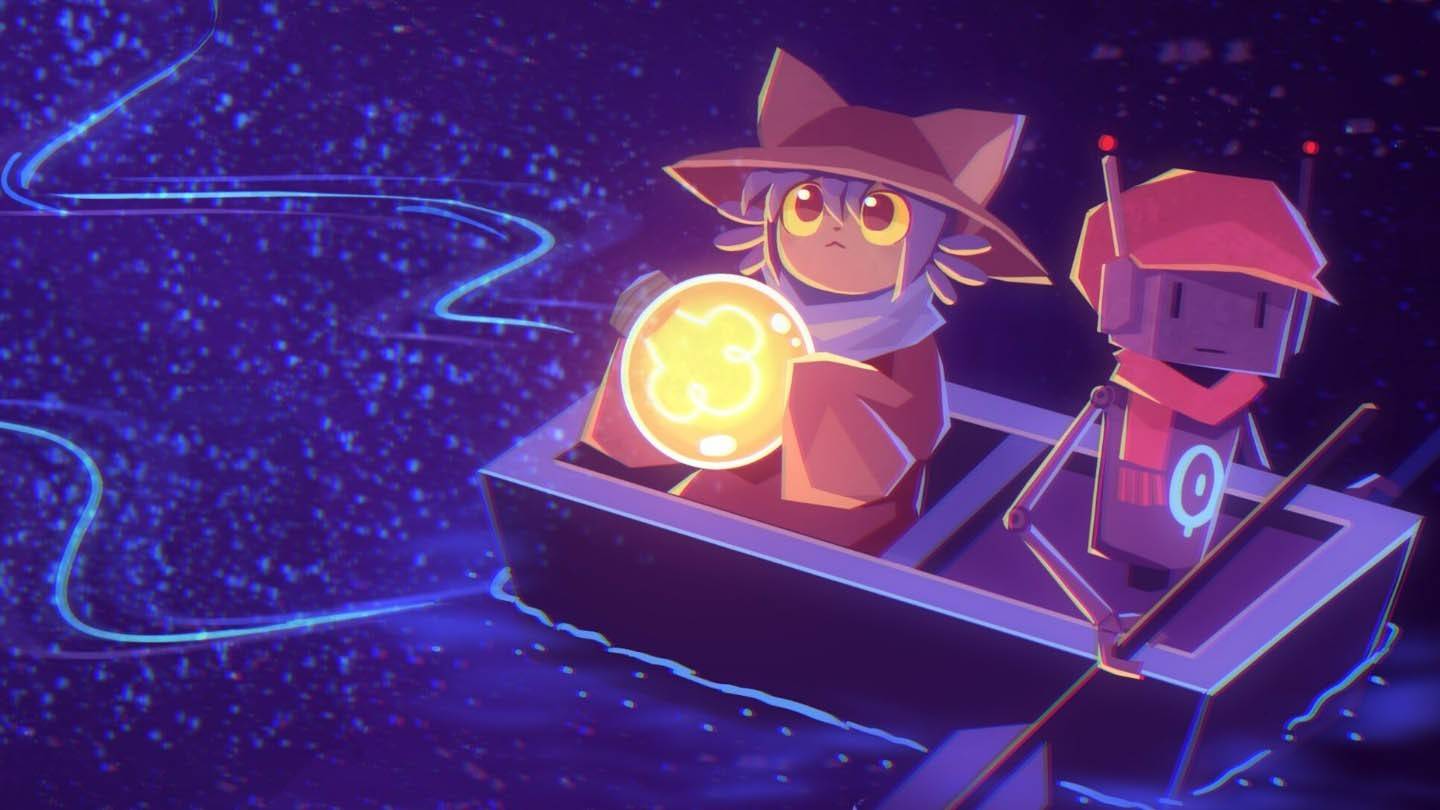
Moving beyond visual novels, OneShot, an RPG Maker adventure, pushes the boundaries even further. While not explicitly marketed as horror, it features unsettling moments. You guide your character to save the world, but the game is aware of you. It directly interacts through system windows, creates files, and even changes its title – all integral to puzzle-solving. Unlike DDLC, OneShot fully integrates these interactions into a compelling experience. For many, including myself, it was a first introduction to this genre, leaving a lasting impact. I highly recommend experiencing it firsthand.
IMSCARED

IMSCARED is, arguably, the pinnacle of meta-horror. It immediately springs to mind when discussing this genre.
Some might consider these games "viruses," and that's not entirely unfounded. They access system data and manipulate files. However, reputable meta-horror games are not malicious. Always be cautious of programs disguised as games, though such instances are rare.
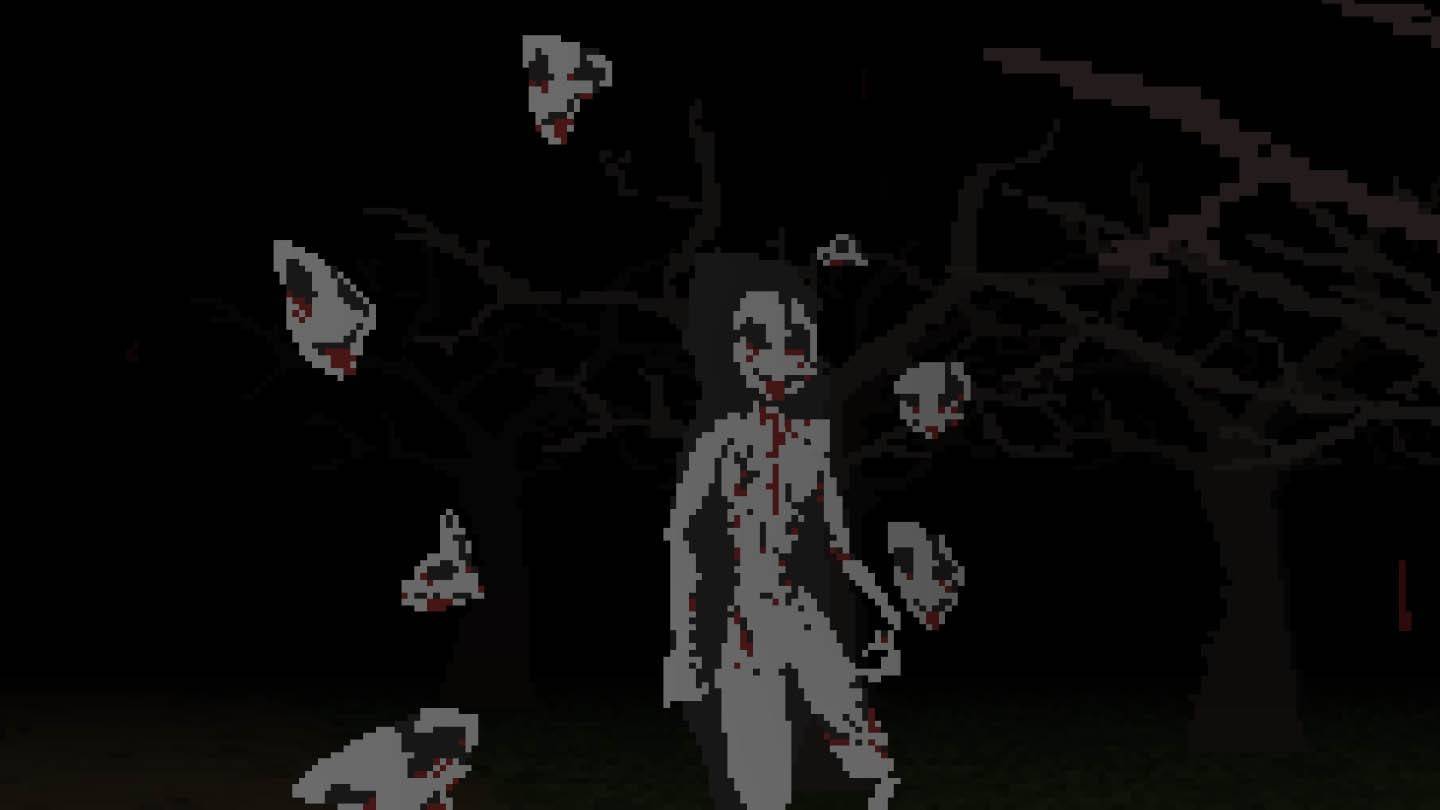
IMSCARED explicitly assures you of its harmlessness upon launch, addressing potential antivirus flags. However, the experience that follows is extraordinary. It doesn't consider itself a game but a self-aware entity, a virus interacting with you. This concept drives the gameplay, manipulating you through crashes, window minimization, cursor control, and file creation (both helpful and disruptive). Released in 2012 and updated since, it remains a fresh and unforgettable experience in 2025. Be prepared for frustration from crashes and interruptions, but the overall experience is worthwhile. For me, IMSCARED perfectly embodies meta-horror, terrifying not just visually, but through direct system interaction.
Conclusion
Many games utilize similar techniques, but few master them like the titles discussed. Meta-horror provides a unique gaming experience. I strongly recommend trying at least one. If visual novels aren't your preference, OneShot or IMSCARED are excellent starting points. For those who enjoy randomness and survival elements, Voices of the Void offers another compelling option.
-
Solgaleo and Lunala make their grand debutImmersive Supporter cards arriving soonHalf-anniversary celebration with new solo missionsThe stars align as Celestial Guardians arrive in Pokémon TCG Pocket, bringing an spectacular close to the month. LauncAuthor : Alexander Dec 21,2025
-
Untitled Drill Game is a tycoon and idle experience where you extract ore, sell it for profit, and reinvest your earnings to drill even deeper. With so much to discover, a great way to stay informed is by joining the official Untitled Drill Game DiscAuthor : Nathan Dec 21,2025
- Spring Valley Farm Game: January 2025 Redeem Codes
- WWE Superstars Join Call of Duty Warzone: Mobile Roster
- Midnight Girl is a minimalist point-and-click adventure set in Paris in the 60s, now open for pre-orders on mobile
- Mobile Legends: Bang Bang – Best Lukas Build
- "Grand Outlaws Unleashes Chaos and Crime on Android Soft Launch"
- Video Game Song Surpasses 100 Million Streams on Spotify





